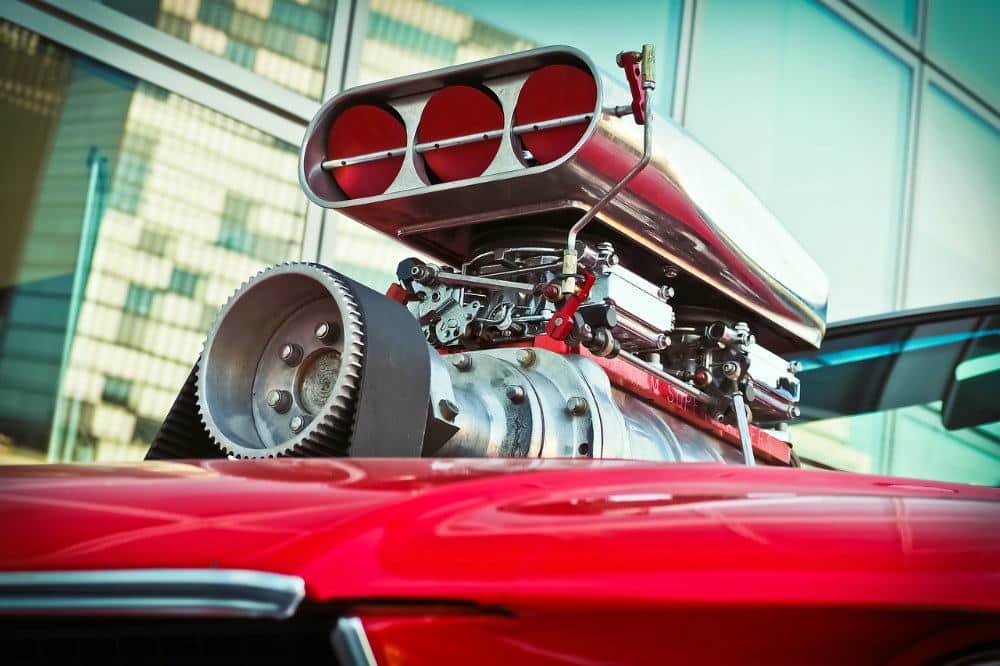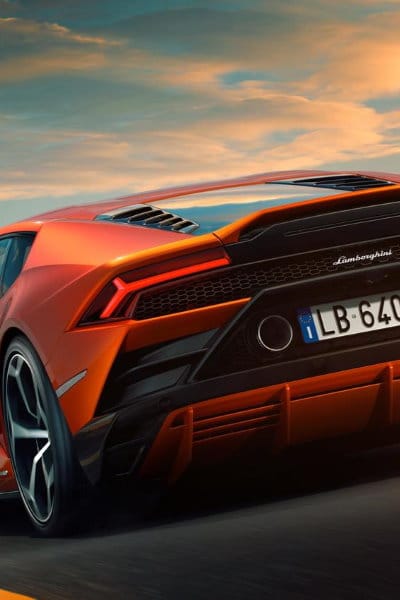Auto enthusiasts are always interested in ways to give their rides more power. With fuel continuing to be so cheap in this country, those looking at go-fast parts are moving past the lower cost modifications (for example, intake & exhaust systems) and seem to be more willing to spend the money for bigger jumps in horsepower.
Engine upgrades are gaining popularity, but it’s important to weigh the pros and cons of each before choosing which one best meets your needs.
Our list will help you decide which modification is right for you.
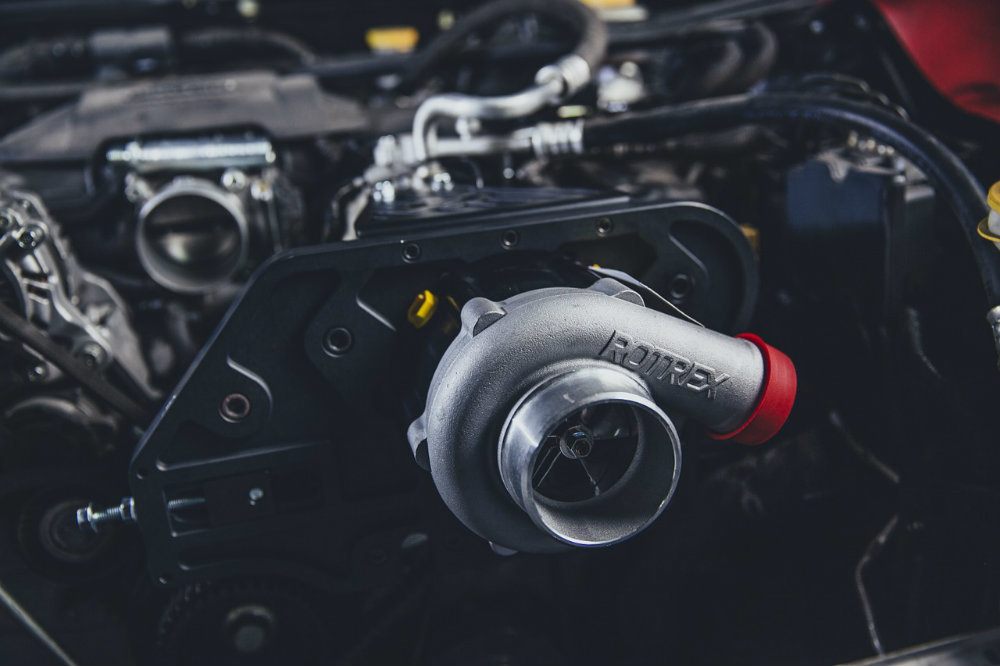
Turbochargers
Turbos have an impeller that sits within the engine’s exhaust flow. As the engine operates, exhaust gases cause the impeller to spin at very high speeds (50,000-100,000 rpm). The impeller shaft has an impeller at the other end, sitting in a hose connected to the engine’s intake system. Spinning at the same speed, this impeller forces additional outside air into the engine. A corresponding additional amount of fuel is injected, and this combination of more air + more fuel = more power.
MANY new cars and trucks come standard today with turbos. For vehicles without a turbo, there are aftermarket kits that allow a turbo to be installed.
ADVANTAGES:
- “Free” power (the otherwise-wasted exhaust gas is put to good use).
- Minimal effect on fuel economy, depending on how you drive.
- Lots of additional engine torque.
DISADVANTAGES:
- Can be complex to install.
- Greatly increases under hood operating temperatures.
- The turbo must remain cool, or be allowed to cool off, or it will wear out.
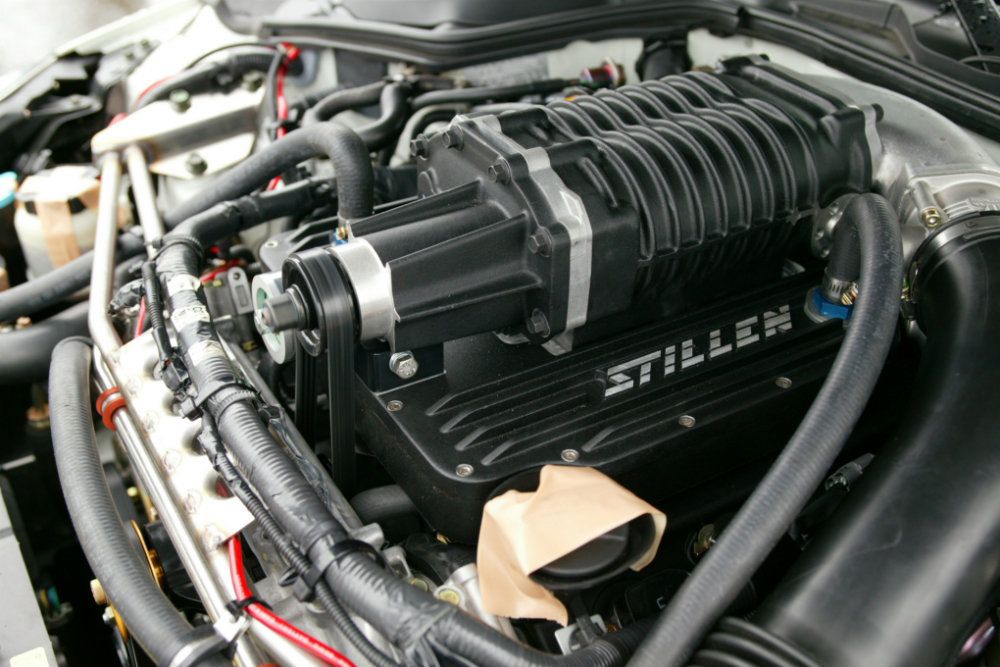
Superchargers
The concept is the same as with turbos: force more air into the engine and make more power. The supercharger is NOT exhaust-driven. Rather, it typically sits on top of the engine and is driven by a belt off the crankshaft pulley.
ADVANTAGES:
- Usually easier to install than a turbocharger.
- Fewer concerns about running hot.
DISADVANTAGES:
- There are parasitic losses as the engine drives the belt to drive the supercharger (the power source isn’t “free” as it is with turbos).
- Fitment can be tight; there needs to be room between the top of the engine and the underside of the hood.
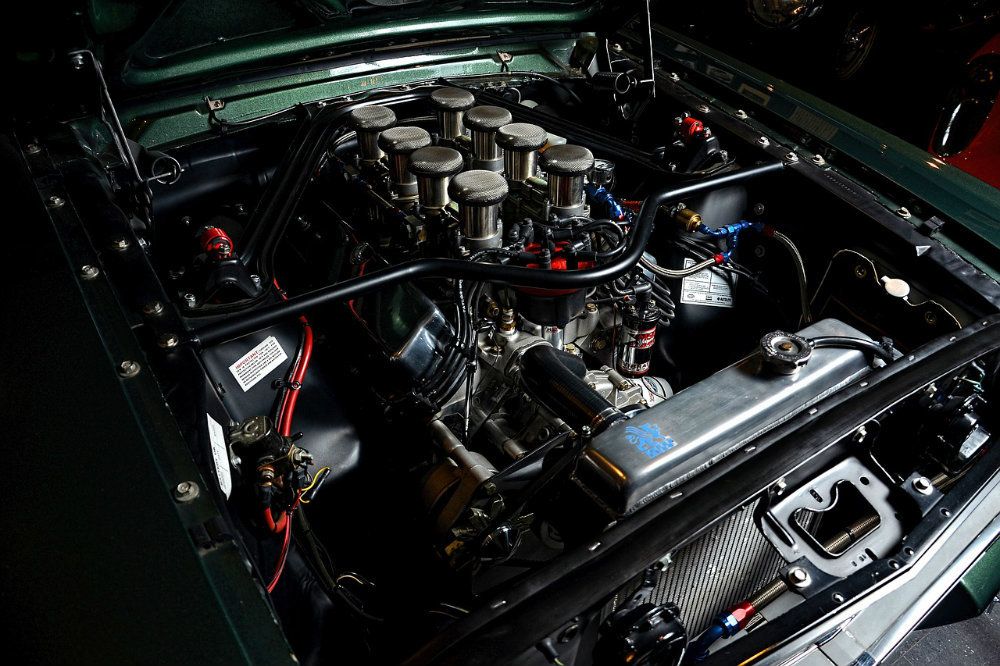
Full Engine Swaps
Full engine swaps have become popular because of the relative ease of performing the swap, as well as the great availability of engine choices. Swaps fall into these 3 categories:
Engines from the same manufacturer or family
For example, for a Honda, swapping out a 1.6L 4-cylinder engine for a 2.0L engine with very similar external dimensions. Or swapping out a 4-cylinder Toyota engine for a V6 as an upgrade.
Crate Engines
Long a staple among the high-performance domestic car fanatics, crate engines, defined as a complete engine from either the manufacturer or an aftermarket builder, have become available for popular imports. A Chevy with an original small-block V8 that is worn out can get a much larger and more powerful crate engine installed. There are also similar programs for Ford and Chrysler products, even Hondas and Porsches.
Custom Engine Swap
From my experience, these are typically done to smaller import cars, which started life with small, less powerful engines. A common swap is to take an old MG or Jaguar, ditch it’s original 4- or 6-cylinder engine, and install a small block Ford or Chevy V8. With custom engine swaps, the increased power-to-weight ratio makes for one fast ride.
Some companies have specialized in “conversion kits” to facilitate these swaps. There are also some companies who employ experienced metal cutters and welders and do all their own fabrication.
ADVANTAGES:
- Adds a lot more power.
- If the engine has been professionally built, you have a known product, likely with a warranty.
DISADVANTAGES:
- Can be the most expensive option when it comes to engine upgrades.
- If not using a conversion kit, you’ll need a lot of time, patience, and skill to fabricate the installation.
- Additional engine power may require upgrades to the transmission, final drive, and brakes.
Regardless of how or why you are modifying your vehicle, there are many different options to choose from. If you have successfully done one of these engine upgrades, or something different entirely, let us know what you did and how you did it.
Richard Reina is a Product Trainer at CARiD.com and a lifelong automotive enthusiast.
Cover Photo: Michael Gaida


